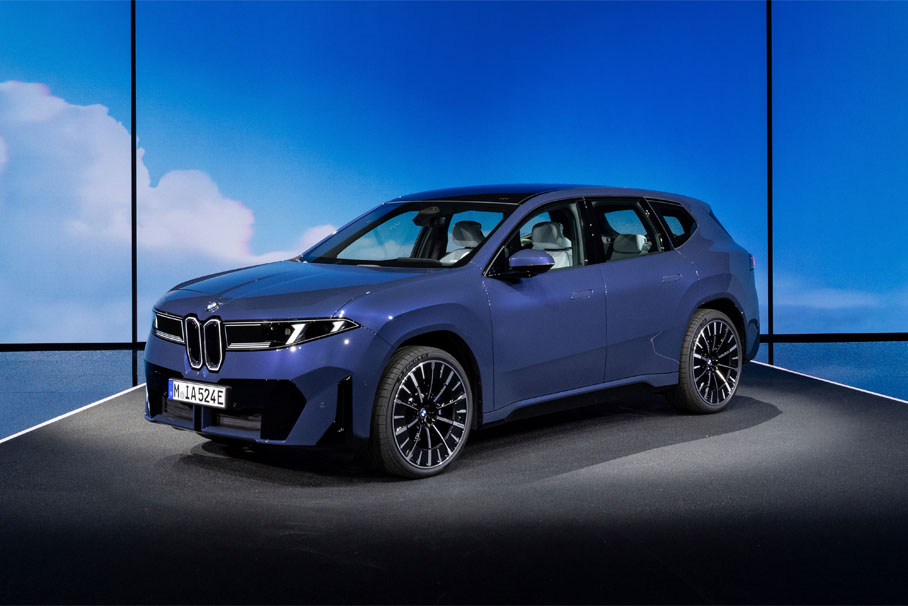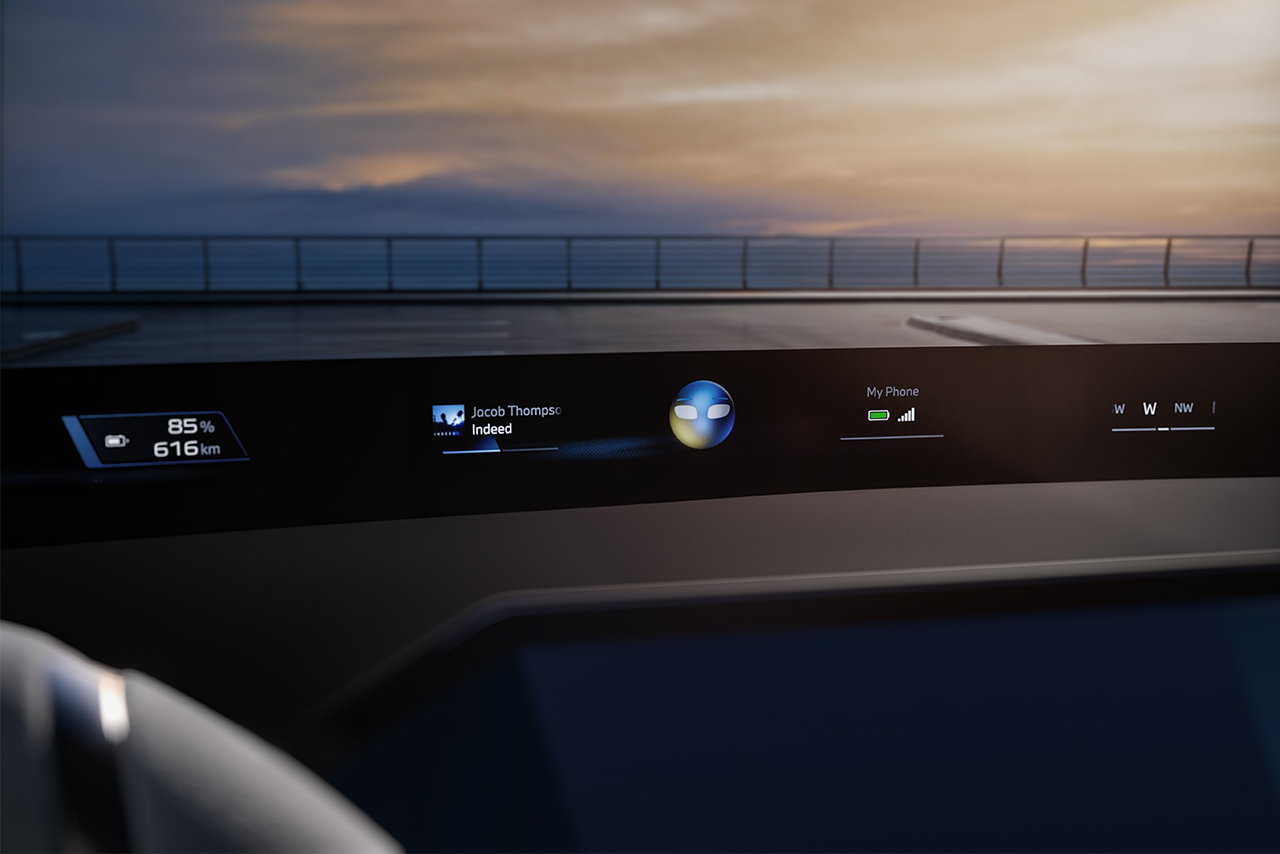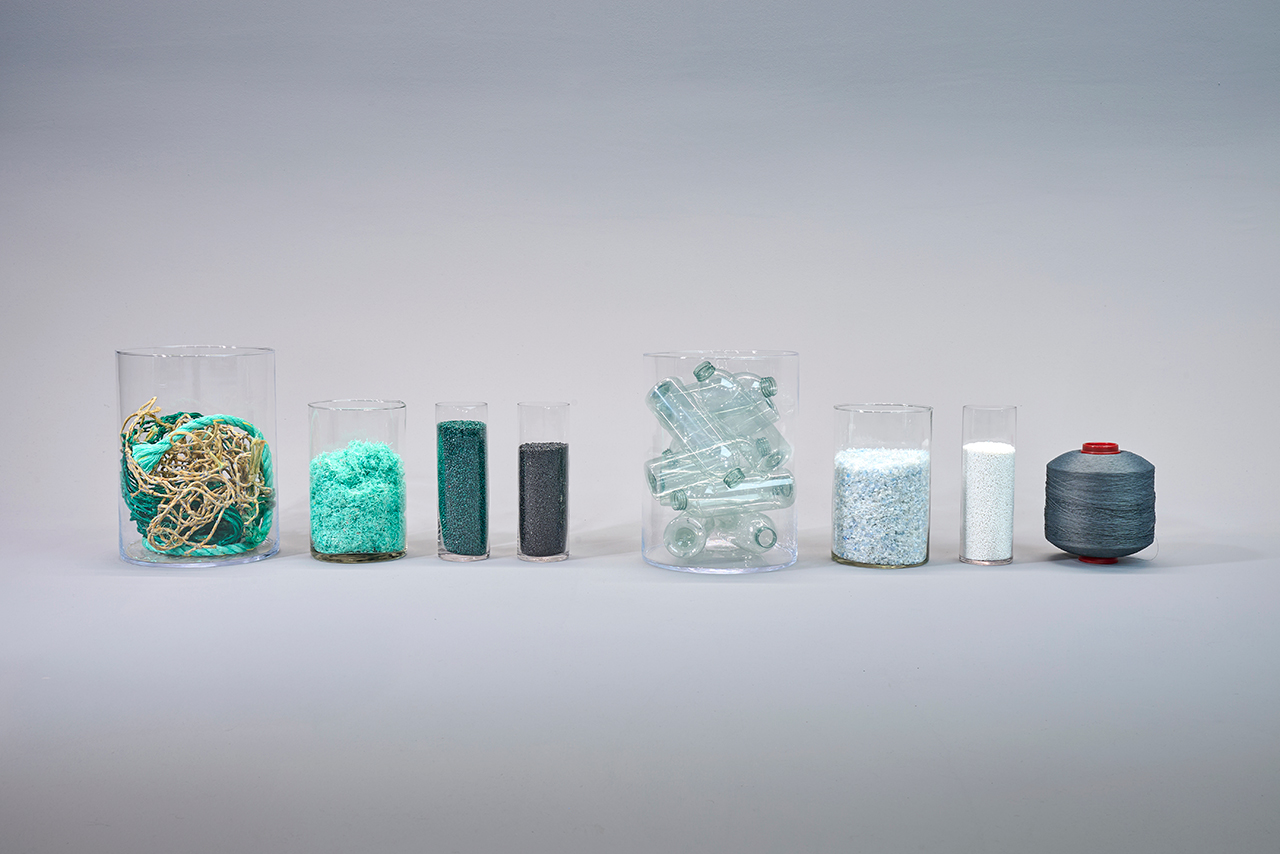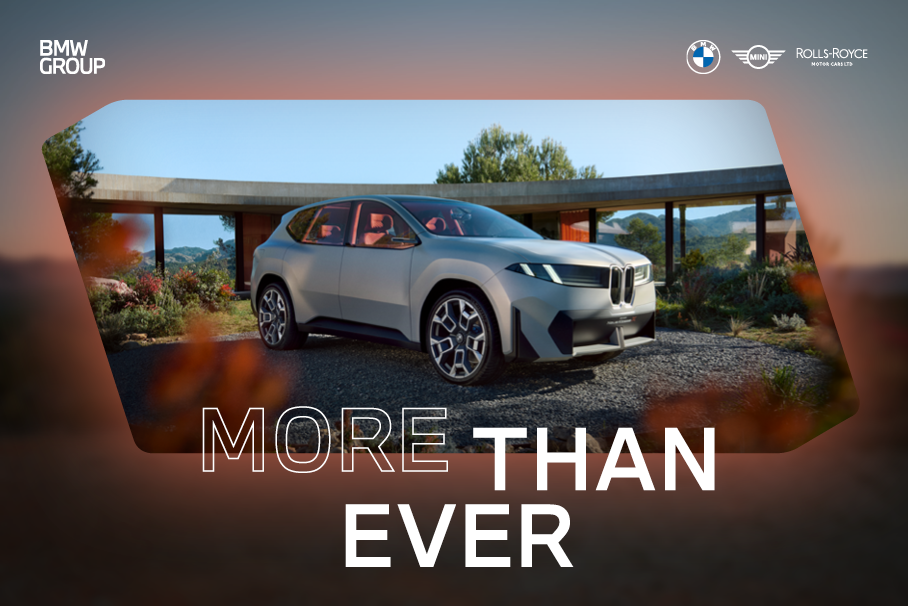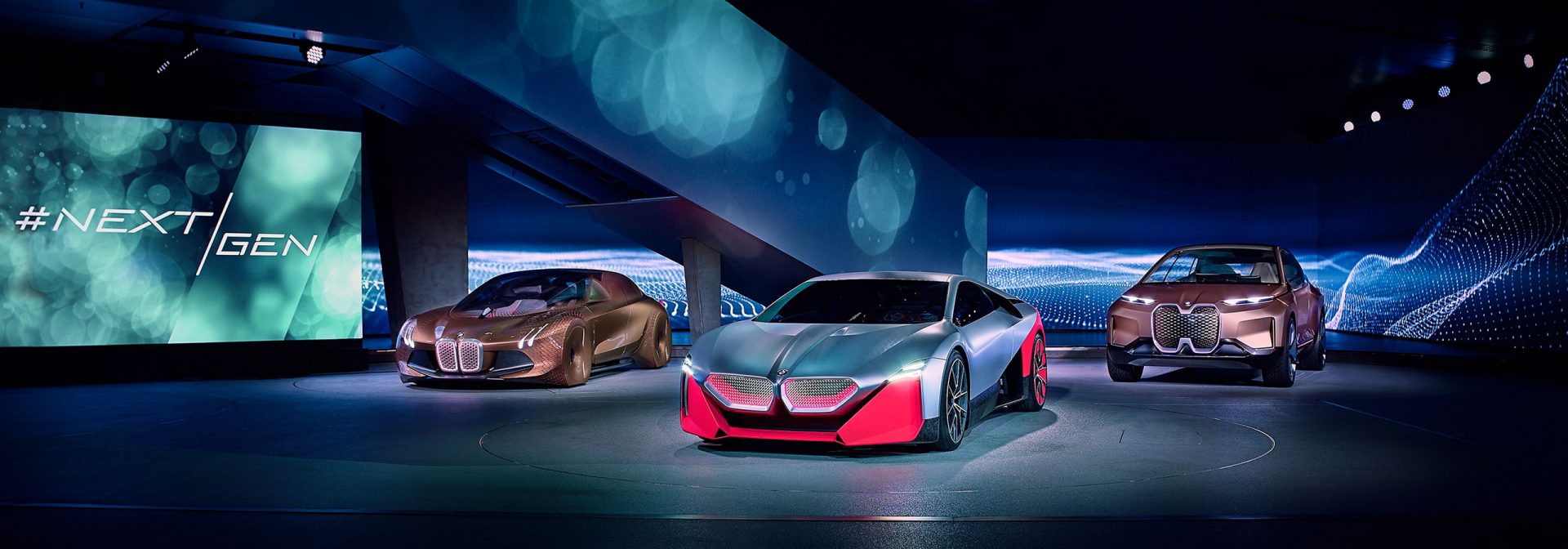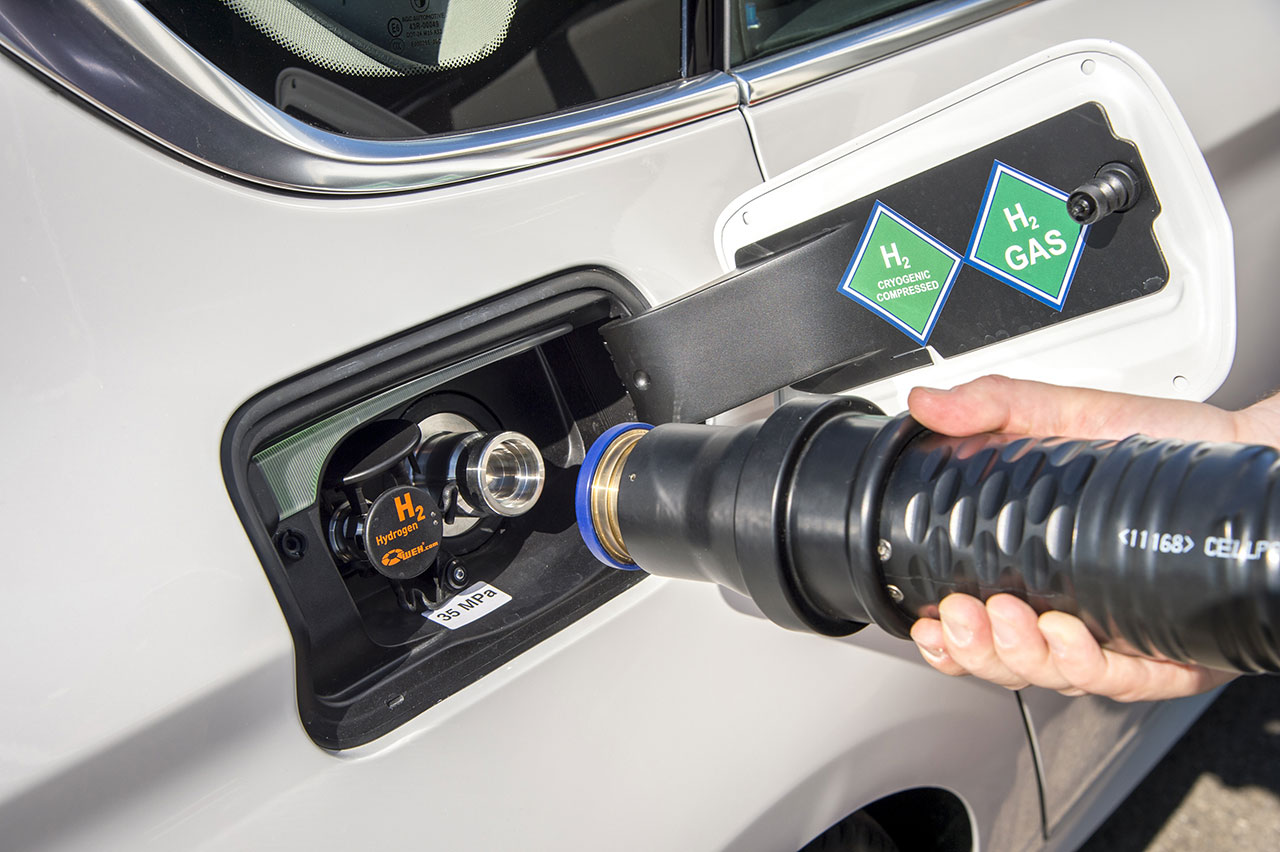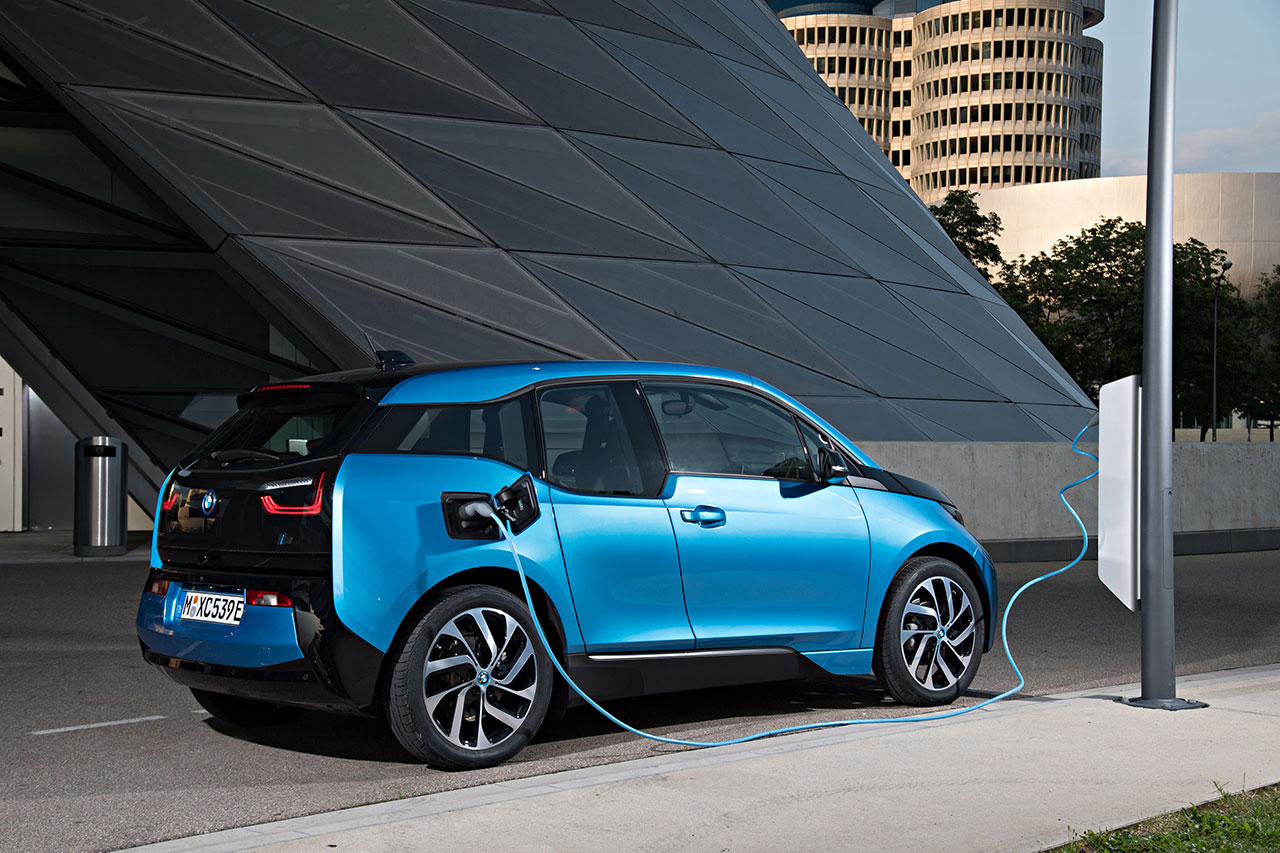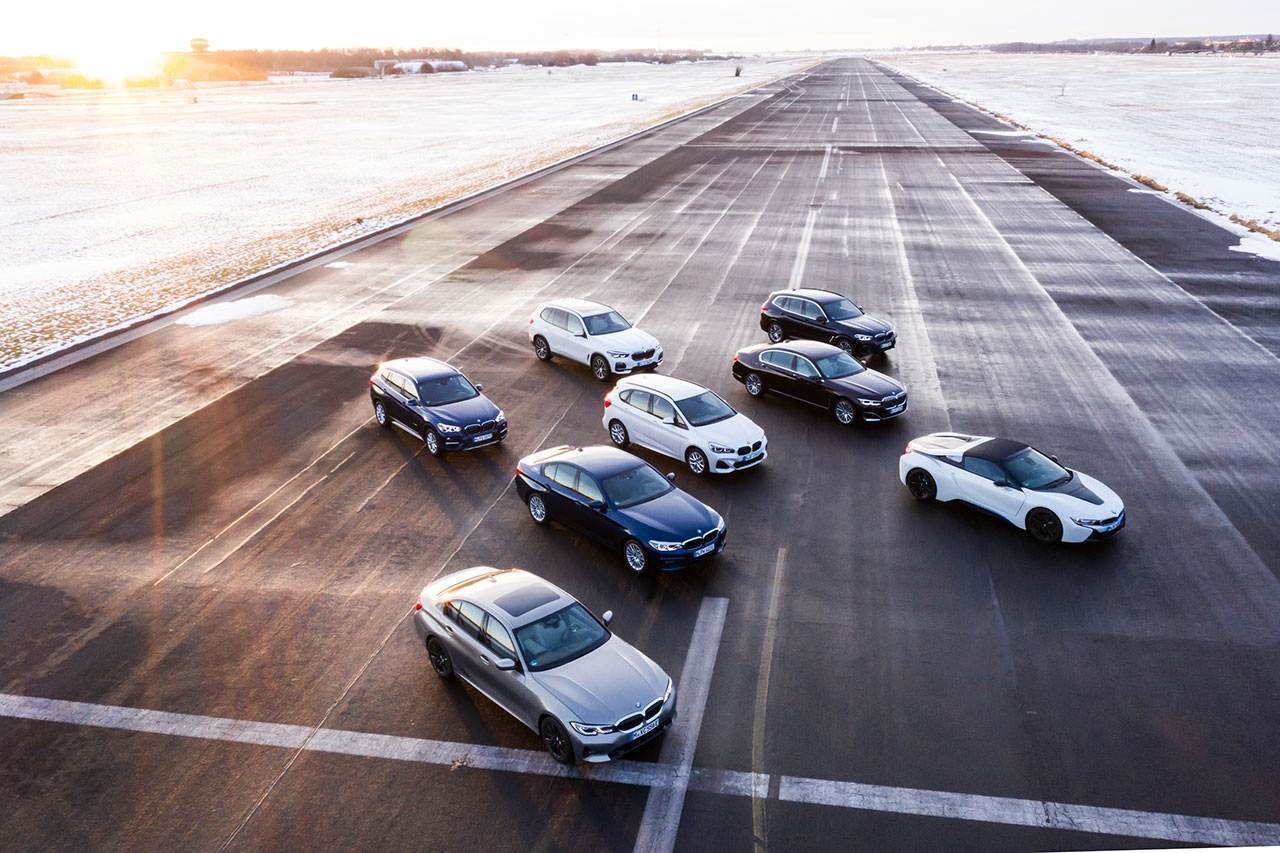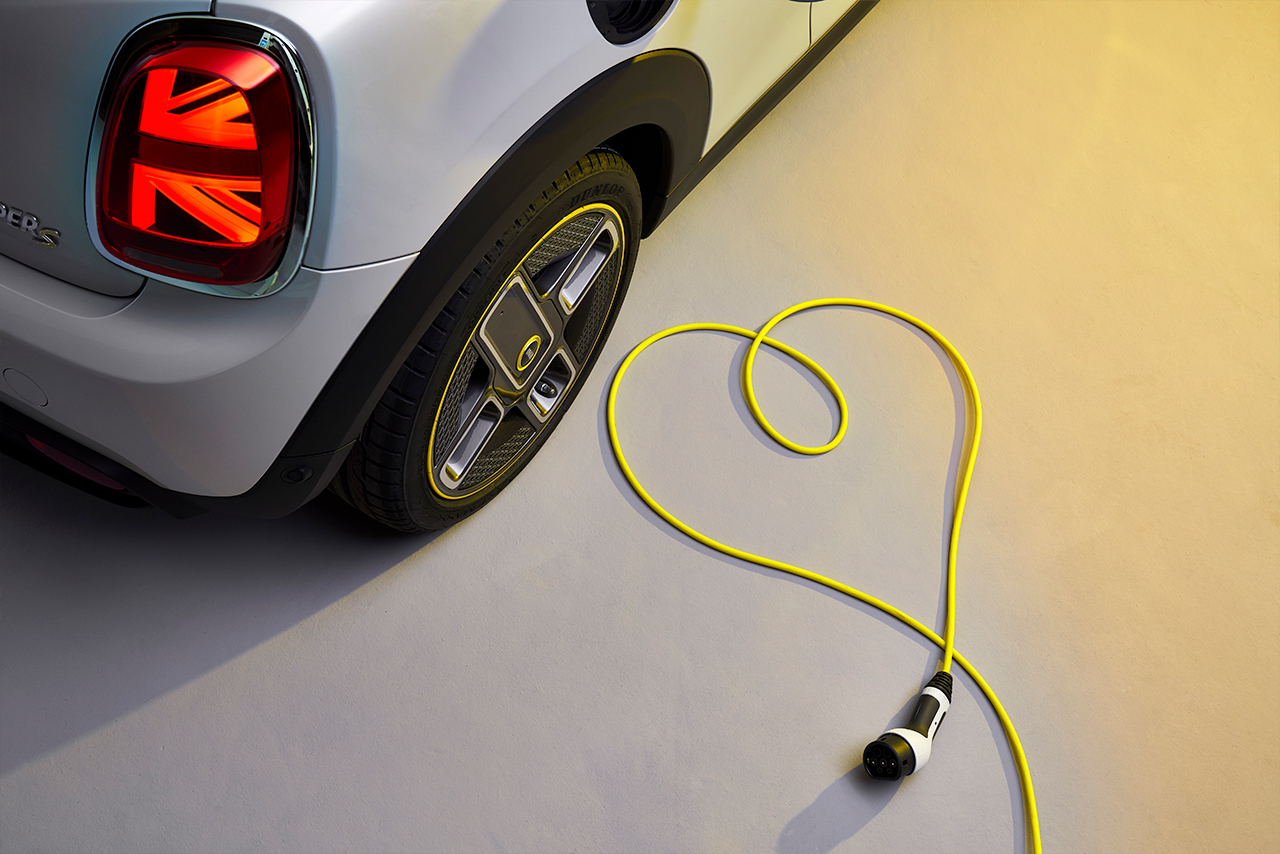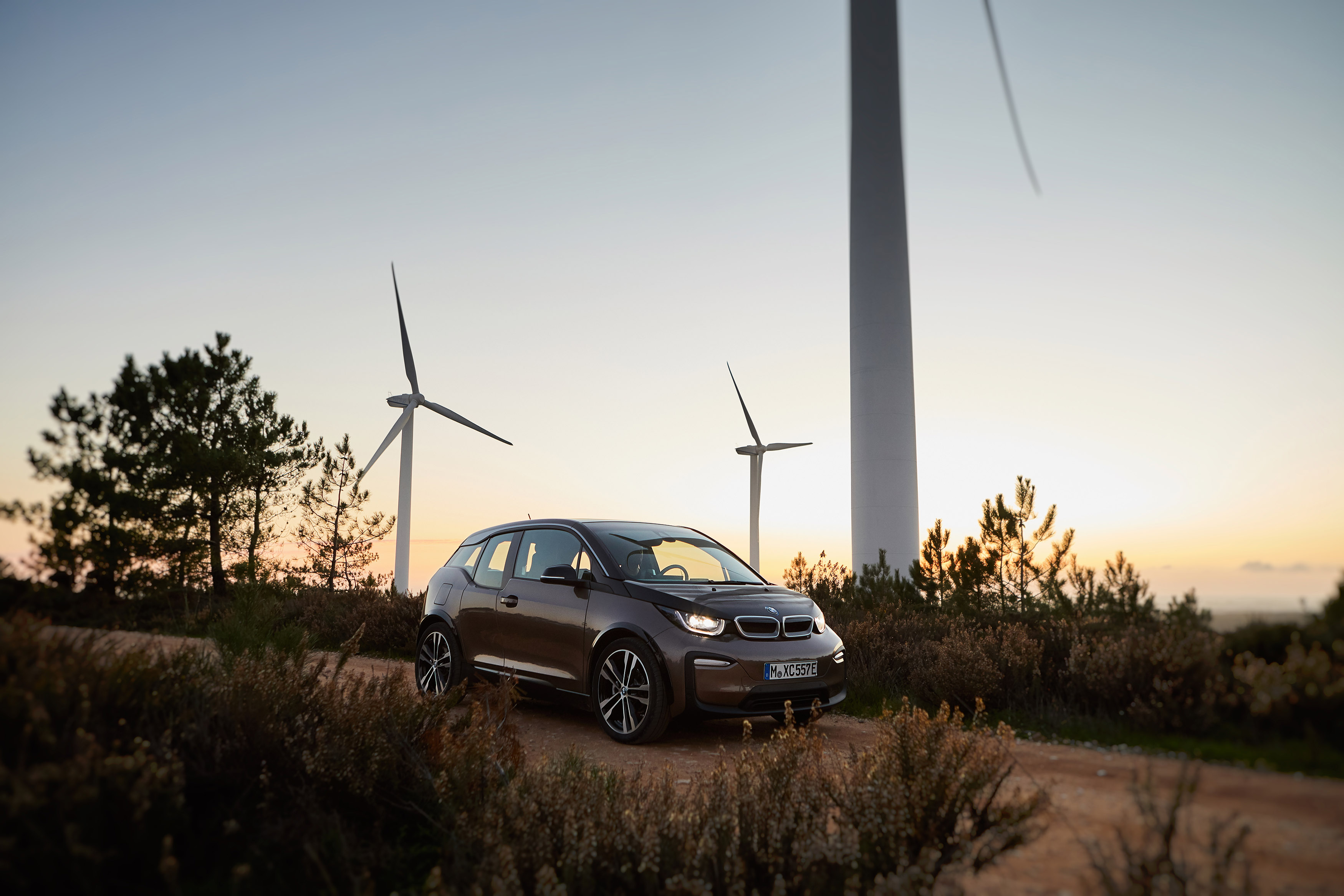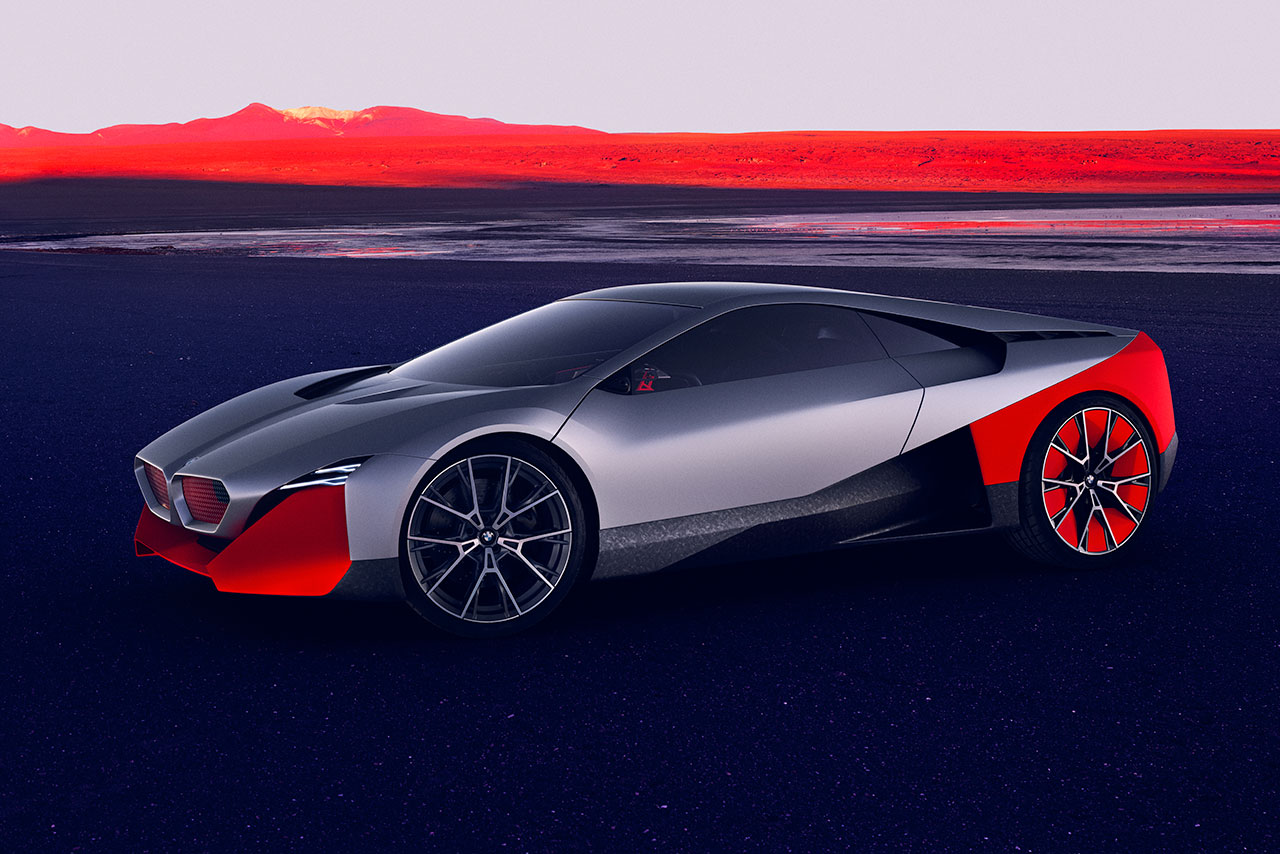The transition to climate-neutral mobility has already begun. Electrification will be the dominant theme of the 2020s. It is the clearly stated goal of the BMW Group to systematically drive ahead with the decarbonisation of individual mobility between 2020 and 2030 by increasing the proportion of plug-in hybrids and battery electric vehicles sold.
However, it is also clear that a holistic approach is required to make electric mobility a success. Over the next few years, the BMW Group will be launching a wide range of attractive electrified vehicles on the market that will offer customers an enjoyable experience. Nevertheless, our customers will only adopt them if the overall conditions are suitable. Provision of a public charging infrastructure alone is not the solution. Customers must also be able to charge where they spend more time anyway – at home and at work.
When it comes to the question of the best form of propulsion, it’s important to consider various application cases in detail. A plug-in hybrid can be the best solution for a family today, for example. With a plug-in hybrid, the average EU commuter distance of 26 kilometres can meanwhile be covered on electric power only. Approximately three quarters of the annual mileage of passenger cars in Germany is accounted for distances of less than 100 kilometres. A family can use the same vehicle to drive 400 km to and from their grandparents at weekends, using the combustion engines and covering sections on electric power. In metropolitan areas, purely electric operation of BMW Group plug-in hybrids will soon be supported by BMW eDrive Zones. BMW eDrive Zones. In this way we are making a significant contribution to emission-free city centres. The BMW Group has already demonstrated the underlying technology in a pilot project in Rotterdam.








